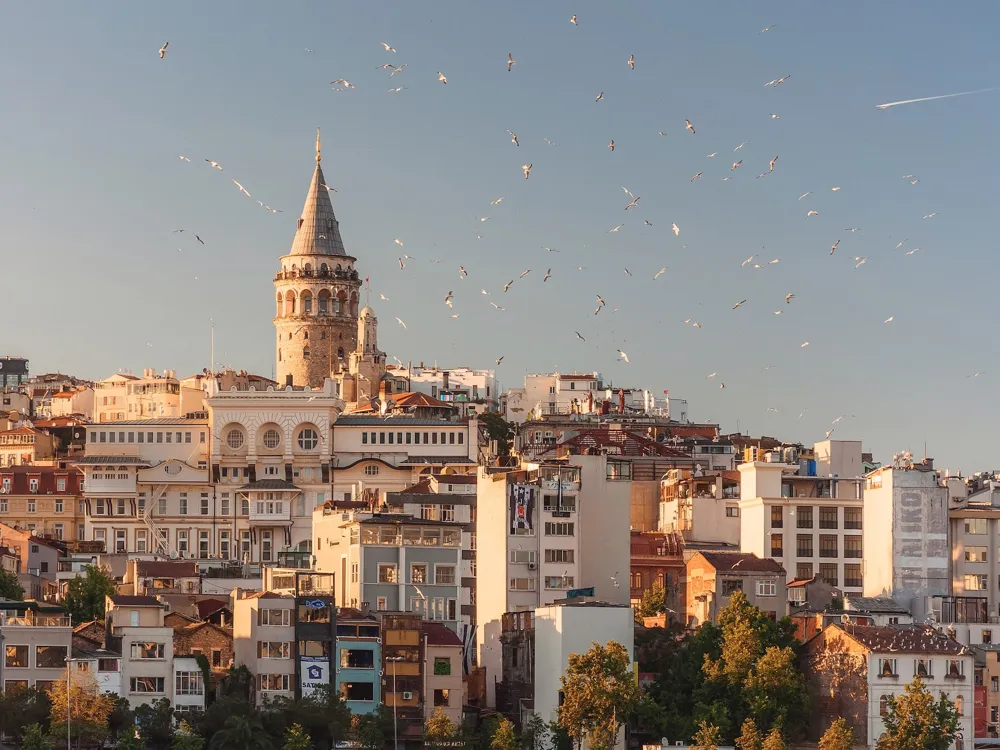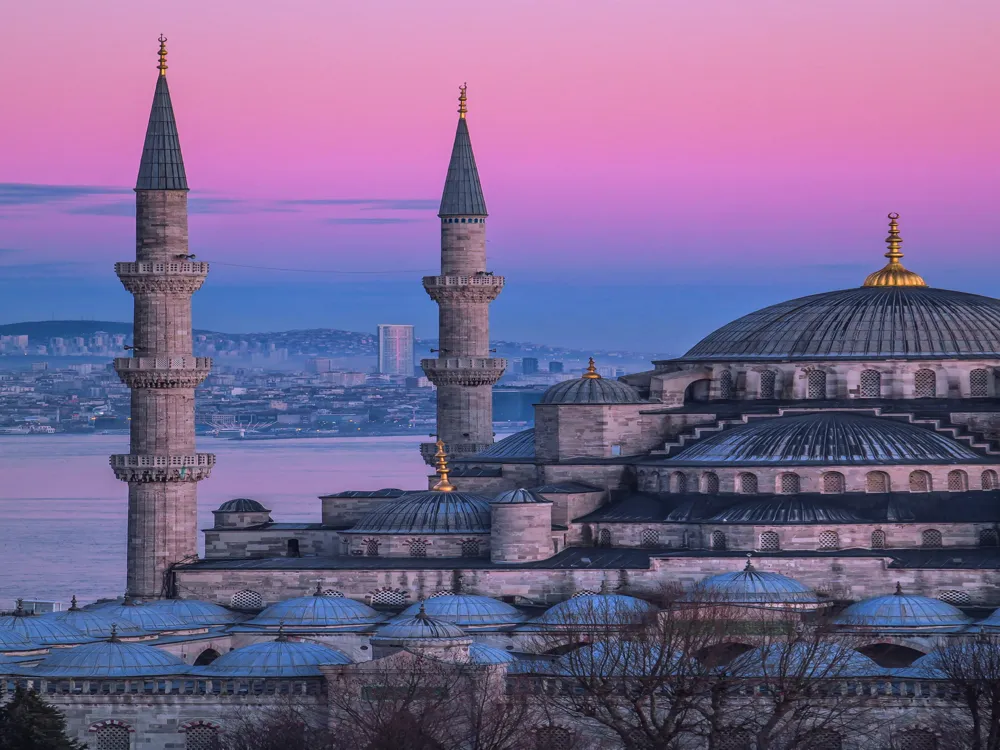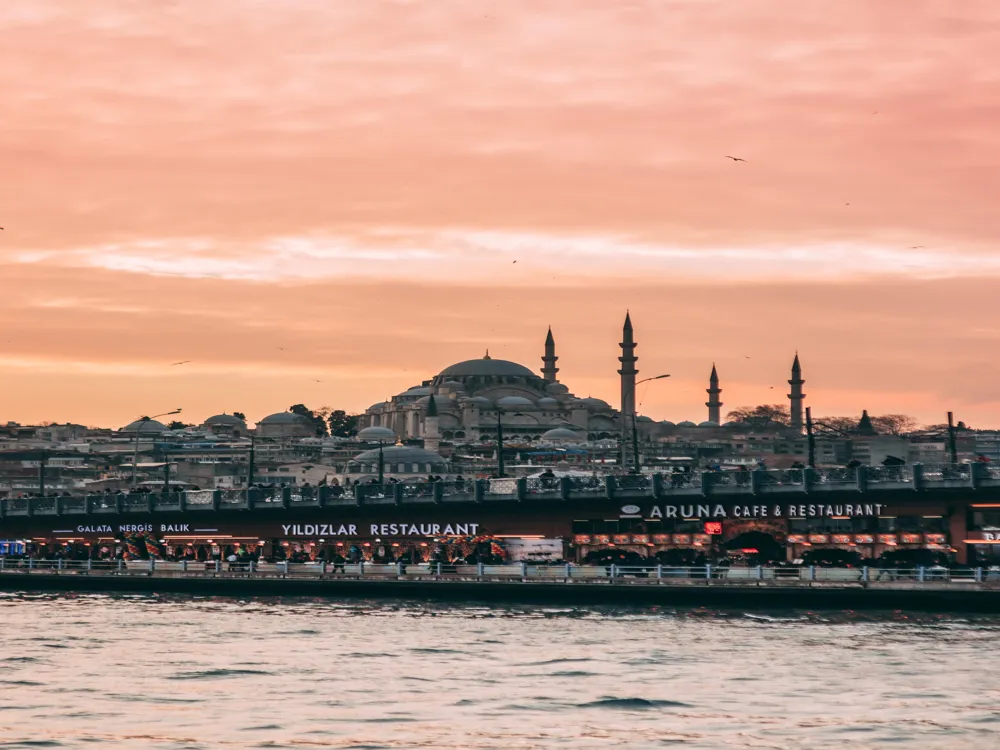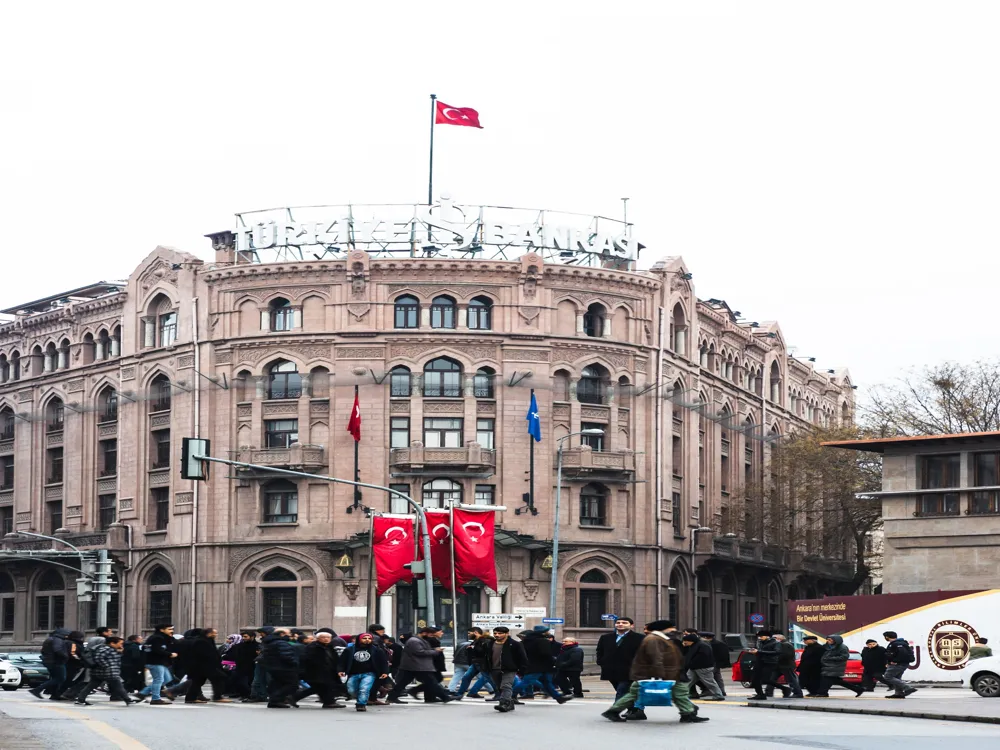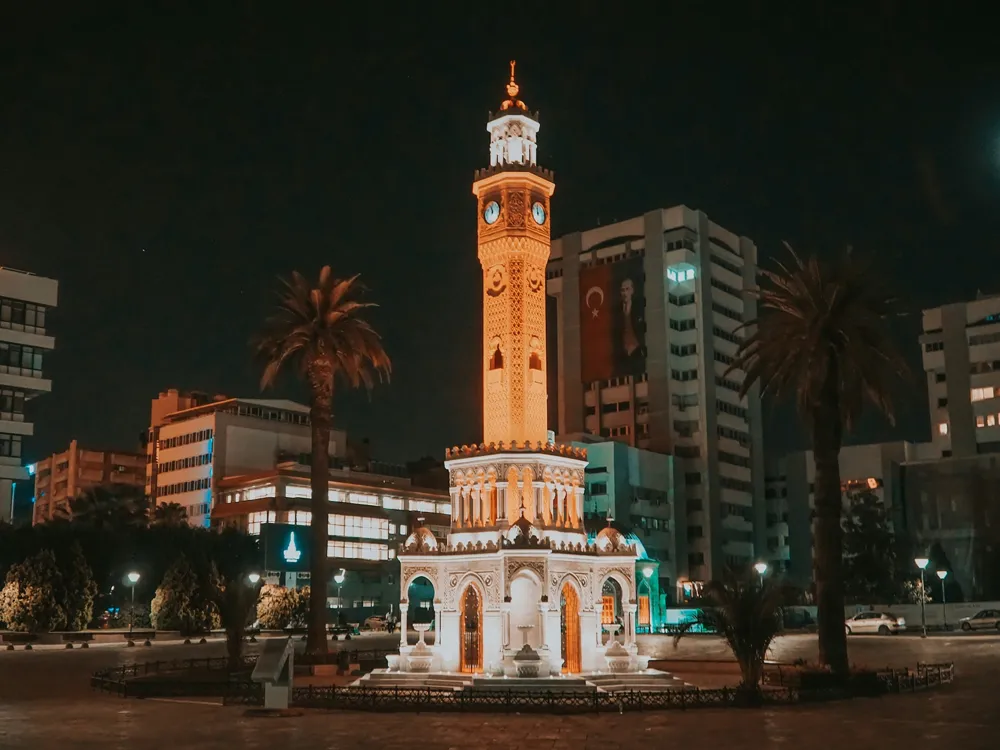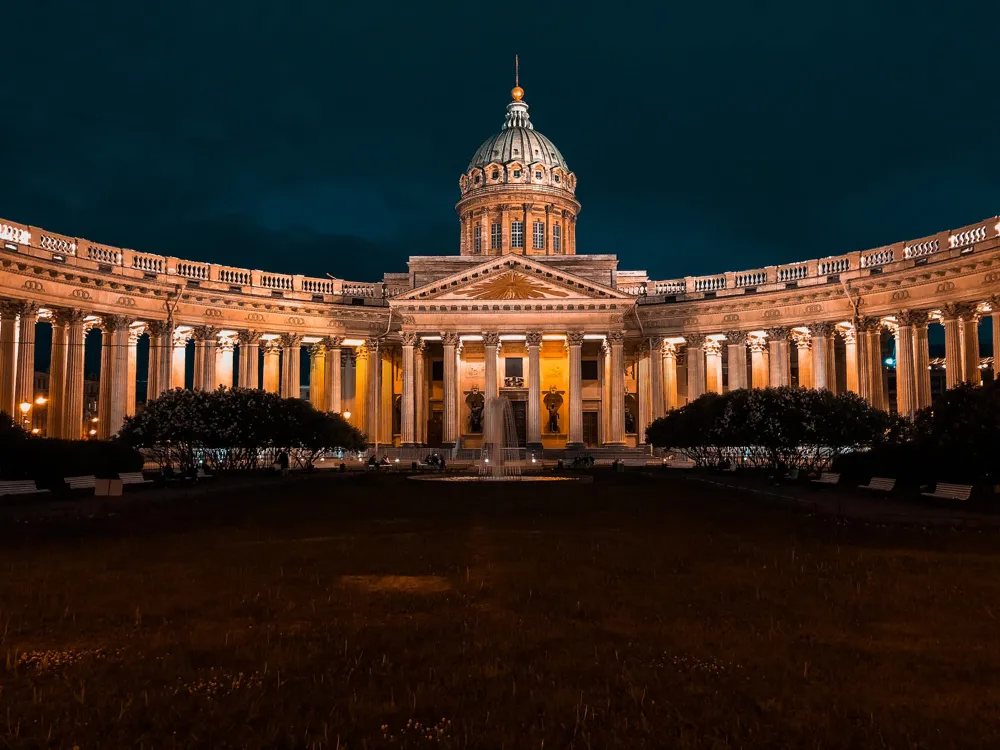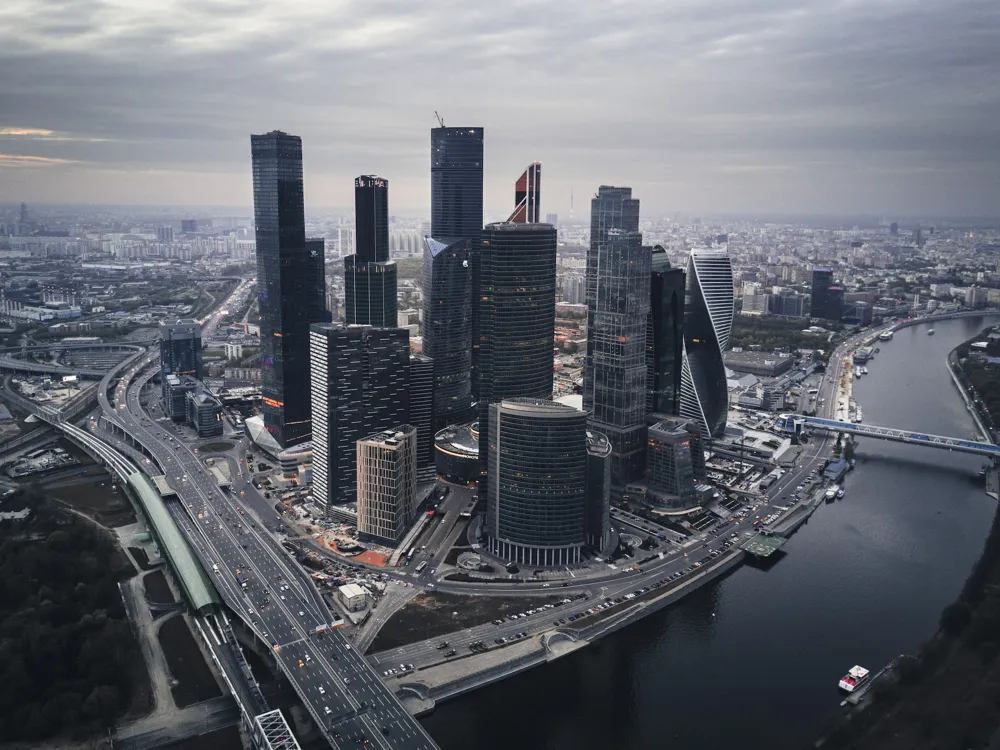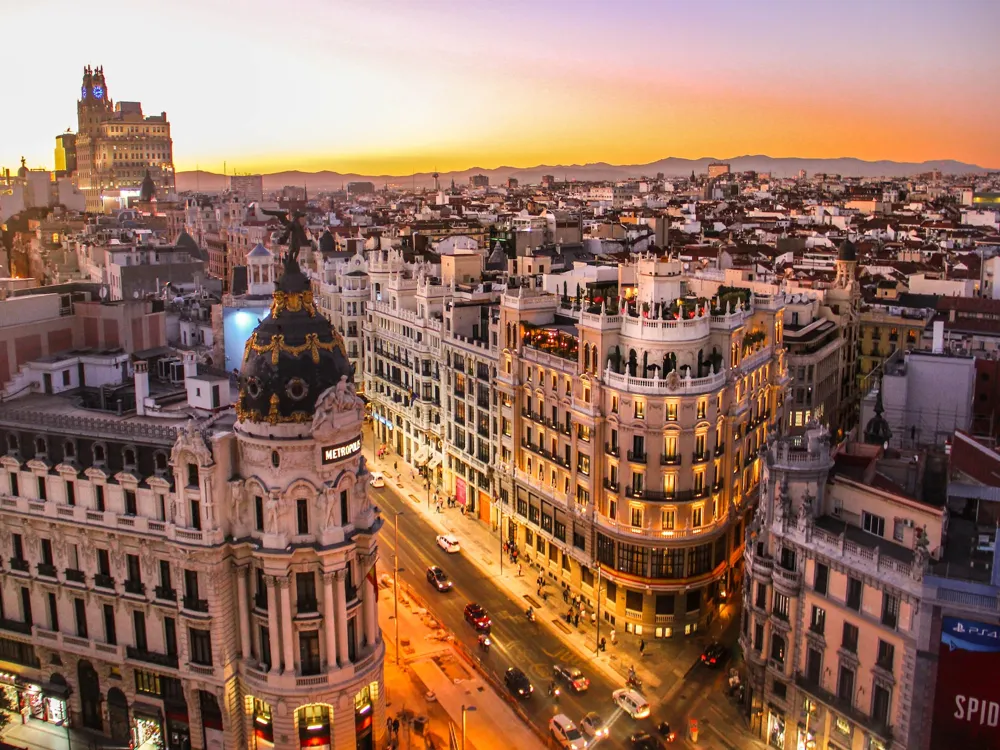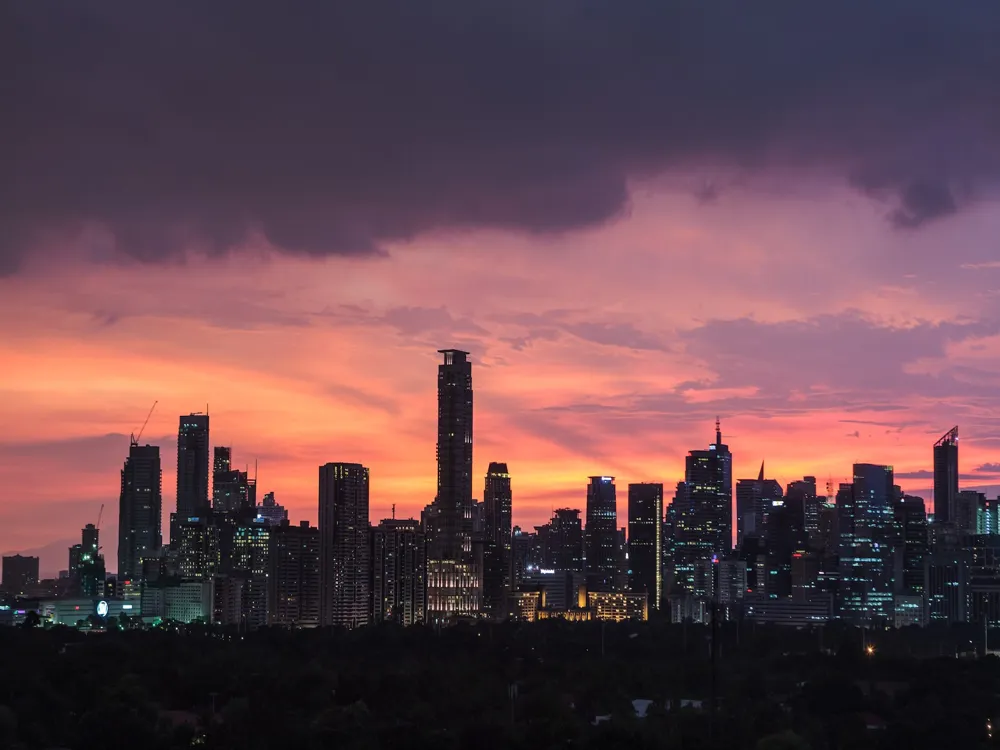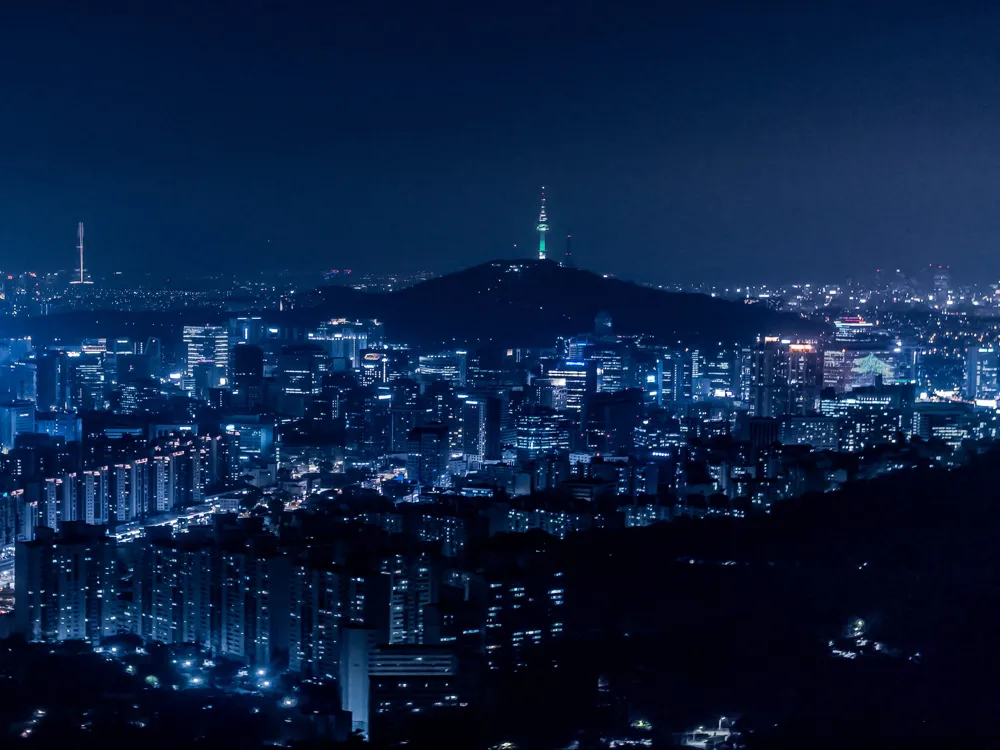Plan Your Travel To Istanbul
Places To Visit In Istanbul
Obelisk of Theodosius
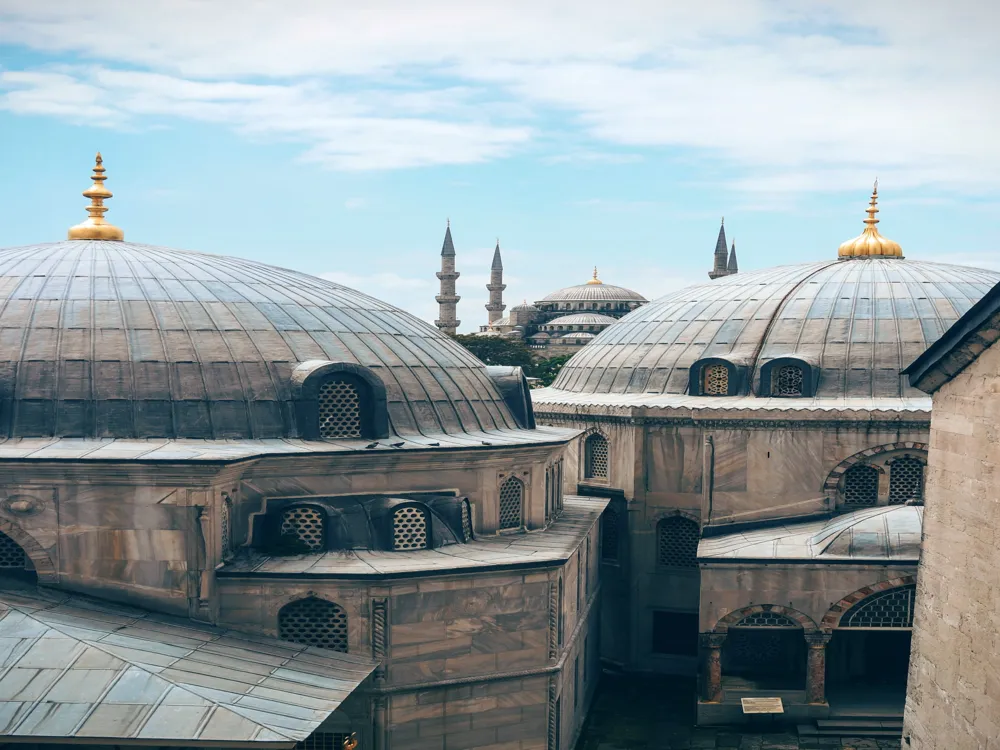
The Obelisk of Theodosius is an Ancient Egyptian obelisk situated in the Hippodrome of Constantinople in Istanbul, Turkey. The structure was built by the Roman emperor Theodosius in the 4th century AD to commemorate the victory in Mesopotamia. It is made out of red granite and stands tall at a height of about 84 feet or 60.8 feet without the marble pedestal. On each side of the obelisk is a central column of inscriptions that depict a battle from the 15th century BC. These inscriptions recount the victory of Thutmose III over Mitanni around 1450 BC. Moreover, the pedestal features several bas-features that date back to the time of the structure’s re-erection in Constantinople; one of them is of Theodosius crowing the victor of chariot races, surrounded by musicians, dancers and other spectators. It also has a few Latin inscriptions.
Read More
Ortakoy Mosque
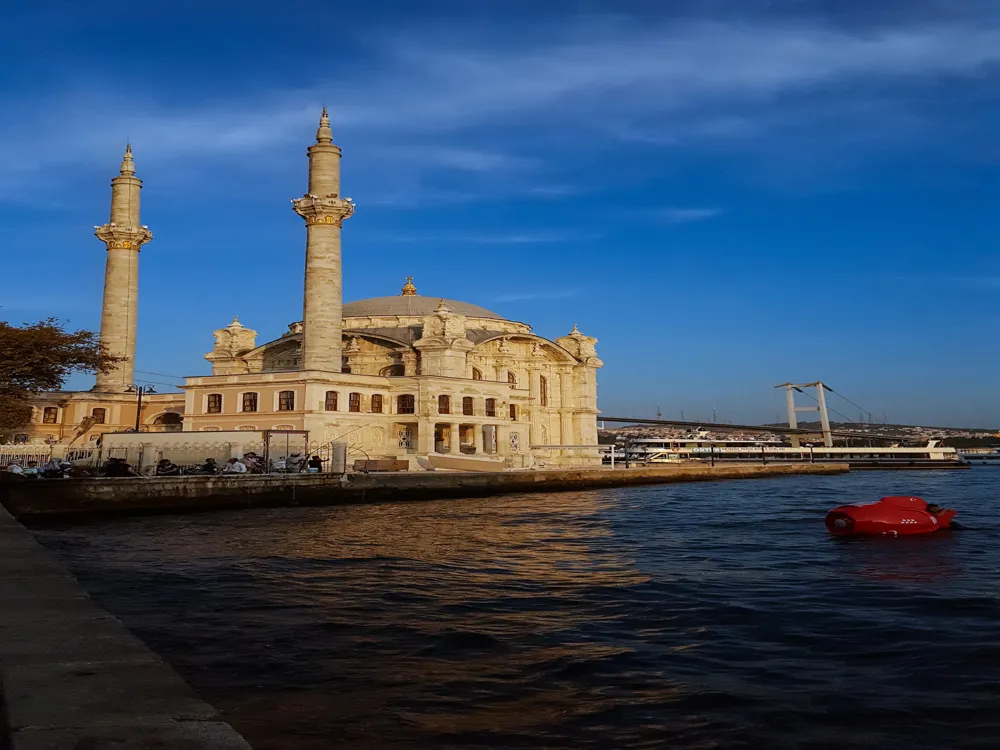
The Ortakoy Mosque is one of Istanbul’s most beautiful mosques and one of the most popular ones in the Bosphorus. Built sometime in the mid-19th-century, it is situated in the Beşiktaş district of Istanbul and is officially called the Büyük Mecidiye Camii. The mosque is best seen from the Bosphorus Cruise which takes tourists from the Asian to the European side of Istanbul on a ferry boat.
Erected on the ruins of the Cantemir Palace, the Ortakoy Mosque is built in the neo-Baroque style of architecture and features two minarets and a dome. It is linked to a two-storey sultan’s summer palace and has two rows of high bay windows that illuminate its interior. The mosque is also known for its sliced facades which have mounting columns with engravings and relief. The inside of the dome has beautiful floral patterned frescoes along with niche-like windows bordered by imitation curtains. The mosque’s mihrab (decorated with pink mosaics) and minbar are made of marble.
Read More
Palace of the Porphyrogenitus
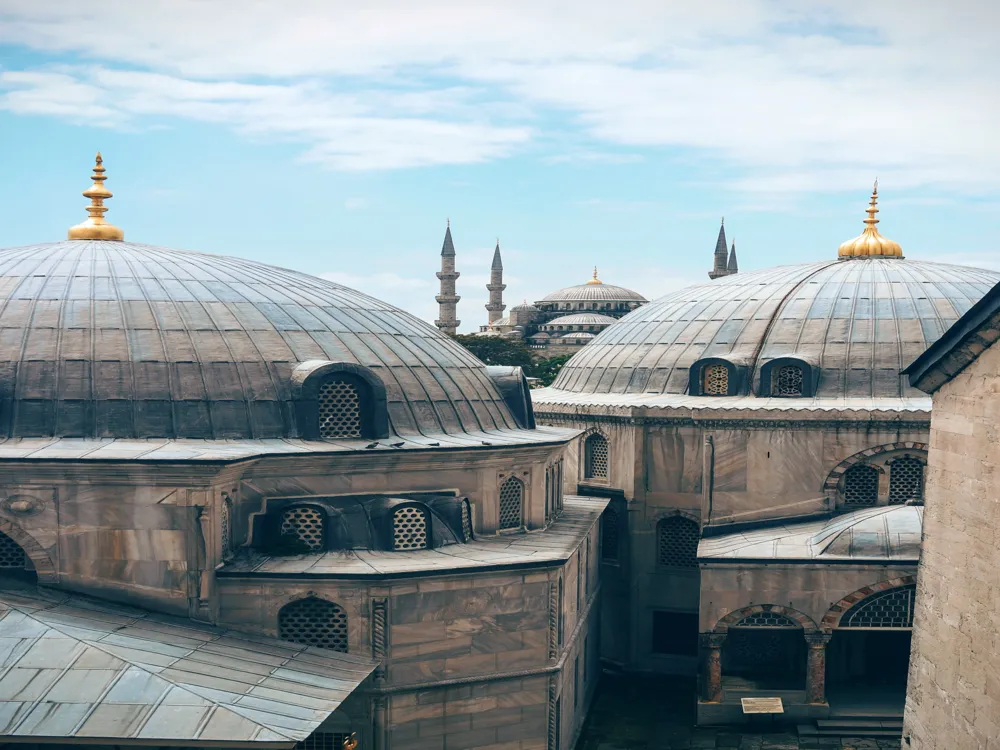
The Palace of the Porphyrogenitus is also known as Tekfur Sarayi in Turkish. It is located in Ayvansaray, Istanbul, and remains one of the better-preserved structures built by the Byzantine Empire. The highlight of the palace is its architecture. There is also a museum within the palace premise.
A three-storeyed building, the walls, roofs, balcony, and courtyard are reflective of the other Byzantine period palaces and structures. The palace has undergone restoration works, however, the original beautiful designs and geometric patterns that are made from white marble and red bricks are stunning. The Palace of the Porphyrogenitus served as the last palace until the Ottoman Empire took over. Initially, the palace was built as an annex to the larger Blachernae complex situated in the ancient city of Constantinople. It was located on the highest point of Constantinople but was damaged during the Ottoman siege. The palace after its heydays was used for various purposes, such as a mini-zoo, ceramic workshop, and was also left abandoned until conservation and renovations began in 2010.
Read More
Pammakaristos Church

Pammakaristos Church, also known as the Church of Theotokos Pammakaristos, is a well-known Byzantine church and museum located in the Carsamba town of Fatih district. It houses the third-largest Byzantine mosaics in Istanbul after Hagia Sophia and Chora Church which visitors can see along with Constantinople's Palaiologan architecture.
One of the most famous mosaics is the one displaying the Pantocrator surrounding the Old Testament’s prophets which can be found right under the dome. After considerable debate over its origins, it is said to have been constructed in the 8th century. It was converted to the Fethiye Mosque in the 1600s and the main building still remains a mosque, but the side chapel or the parekklesion has been a museum since 1949.
Read More
Panorama 1453 History Museum
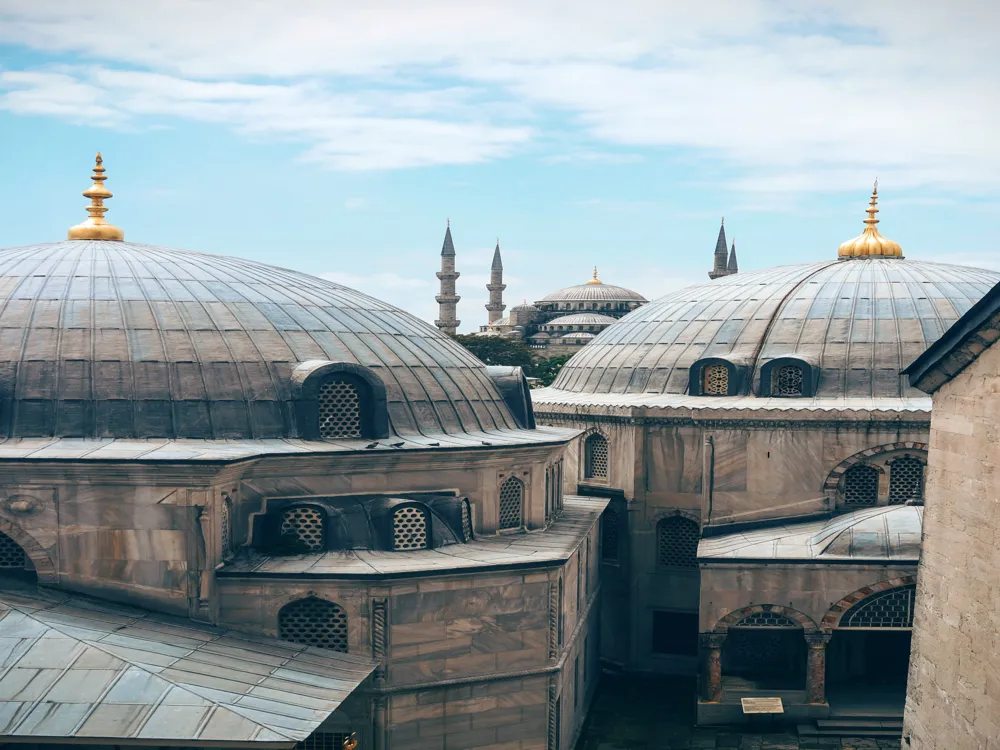
Panorama 1453 History Museum is a historical museum located in the Zeytinburnu district of Istanbul. It is the world’s first fully panoramic museum known for Cyclorama, a 360° painting exhibited in the museum. It is made up of 10,000 figure drawings which give a 3D experience to visitors standing in the middle of the viewing platform.
The museum is one of the most famous attractions in Istanbul and displays the conquest of the city of Constantinople. Visitors are guaranteed to be transported to the past with the impressive depiction of the Byzantine army, the Ottoman soldiers and the great cannon which demolished the city walls back in 1453.
Read More
Pelit Chocolate Museum
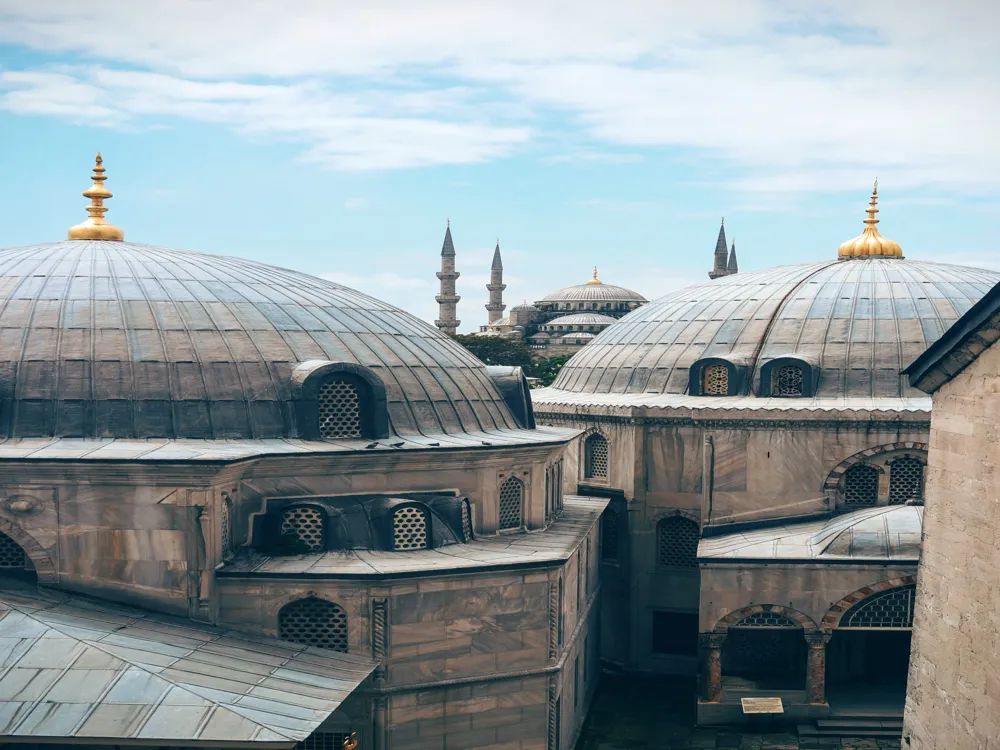
The Pelit Chocolate Museum in Esenyurt, Istanbul conjures images of childhood tales of Hansel and Gretel. This is the only chocolate museum in Turkey! Located near the Pelit Chocolate Factory all items on display here are created from chocolate. This includes an entire village, animals, mosaic paintings or human figures depicting a shoemaker, chestnut seller, fruit seller, and more, all made using chocolate in different forms and colors.
The museum tour starts with the history of chocolate making and there are also different exhibitions and workshops where one can watch the chefs at work at the chocolate factory. The Pelit Chocolate Museum has also managed to recreate some of the most iconic tourist and cultural landmarks into chocolate models. Marvel at Hagia Sophia, Leander’s Tower, Galata Tower, Suleymaniya Mosque, etc. in chocolate creations. Whether it is the white chocolate door of Dolmabahce Palace, the Chocolate Waterfall, the twirling figurines in the Mevlana Room, or the chocolate statues of important personalities, such as Einstein and Picasso, this unique museum will leave you in awe.
Read More
Pera Museum
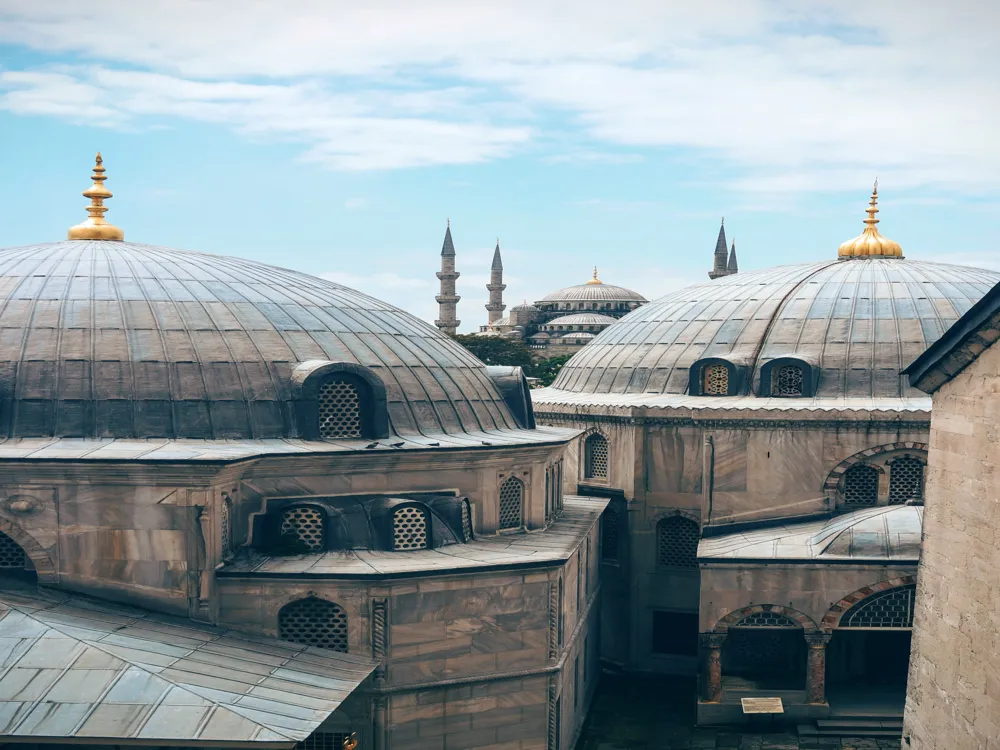
Pera Museum is w well-known private art museum located in Beyoğlu district’s Tepebaşı quarter in Istanbul, Turkey, the Pera Museum. It was founded by the Suna and İnan Kıraç Foundation and is most popular for its focus on Orientalism in 19th-century art. The museum is housed in a beautiful 19th-century building that was once the historic Bristol hotel.
It is spread across five floors of which two floors house permanent exhibitions, namely Orientalist Paintings, Kütahya Tiles and Ceramics, and Anatolian Weights and Measures and the other three floors feature temporary exhibitions. Some of the other paintings and exhibitions include Osman Hamdi Bey which focuses on the life and work of the Ottoman intellectual and includes his painting “Tortoise Trainer.”, Coffee Break which traces the arrival of coffee in Ottoman Yemen and The Art of Weights and Measures. There is also a cafe, Pera Café, within the museum. The museum’s exhibitions are also accompanied by catalogues, books, and audio-visual events and are known for learning programs.
Read More
Rahmi M Koc Museum
Situated on the northern shore of the Golden Horn in Istanbul, Turkey, the Rahmi M. Koc Museum is a private industrial museum dedicated to communication and transportation items. It houses the private collection of Rahmi M. Koç, a member of Turkey’s wealthiest dynasty and a prestigious conglomerate.
The museum is divided into two parts, a restored building and a new building that was once a historical dockyard. The collections here include Atatürk (objects related to Mustafa Kemal Atatürk), Maritime (includes models and life-sized boats, yachts, canoes, motors etc.), Engineering (features steam and diesel engines produced in the country and abroad), the 1952 Fenerbahçe Ferry Boat and more. Besides exhibitions, the museum also organises various activities such as a submarine tour, Golden Horn boat tour, nostalgic train tour, etc. It is also a fun place for children as it has numerous interactive exhibits.
Read More
Rustem Pasha Mosque
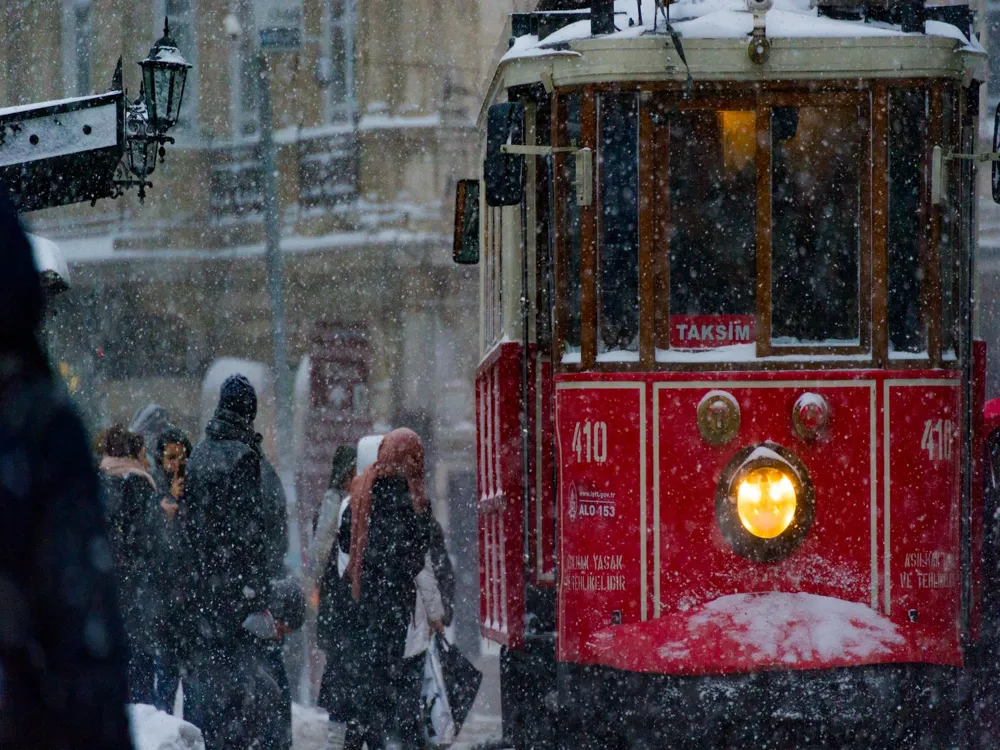
An archetype of the Ottoman Mosque, Rustem Pasha Mosque is located close to the Spice Bazaar in the Tahtakale neighbourhood of Fatih district. This Ottoman mosque is another of the stunning works of imperial Mimar Sinan, with various intricate details and designs all over.
It was built in 1563 by the imperial architect Mimar Sinan for the Grand Vizier Rüstem Pasa, after whom the structure was named. The interior covering of the building with İznik tiles in floral and geometric patterns makes it stand apart from traditional Ottoman architecture. It is constructed in the form of a kulliye with 16 shops, court buildings and baths surrounding the mosque. Since it is not an imperial mosque, it only has a single minaret standing with a conical top. The mosque today houses a religious school. Though it is not very big in size, it is definitely one of the most gorgeous mosques in Istanbul. It is closed to visitors during prayer times and flash photography inside the building is strictly prohibited.
Read More
Rumeli Fortress
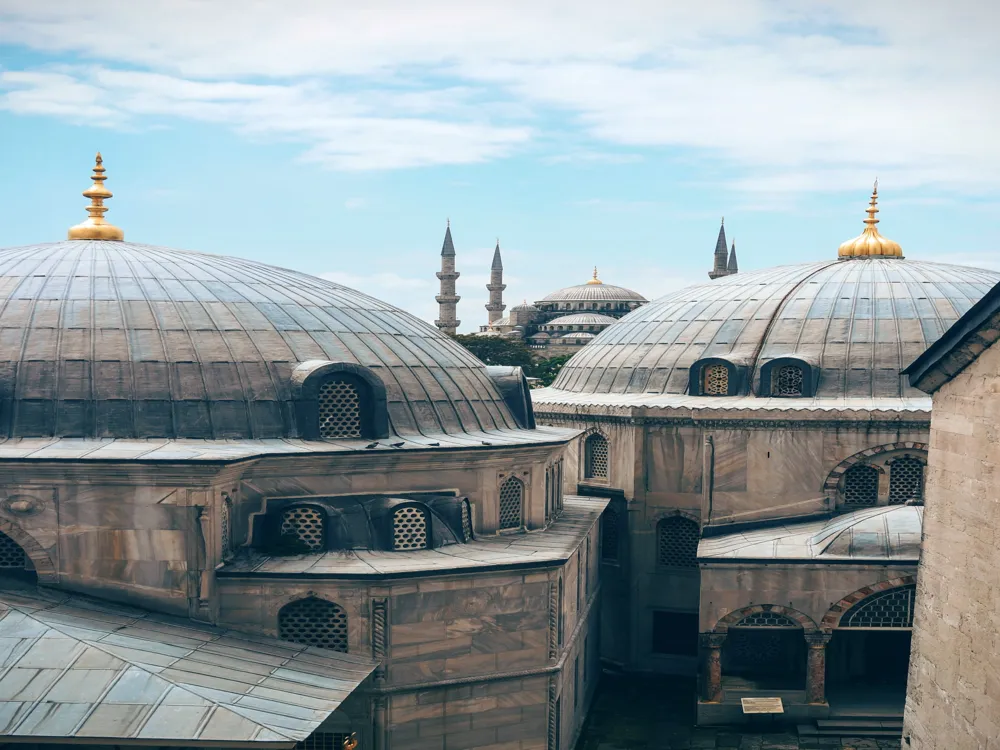
Rumeli Hisarı or the Rumeli Fortress is a medieval 15th-century fortress now converted into an open-air museum. It is located on the European banks of the Bosphorus in Istanbul, Turkey. The fort is known for its magnificent views of the Bosphorus Strait, the Sultan Mehmed Fatih Bridge and the Asian part of Istanbul.
Established in the mid-15th century under the rule of the Ottoman Sultan Mehmed II, the Rumeli Fortress played a major role during the Ottoman conquest of Constantinople. Standing opposite the Anatolian Fortress, it has three main towers, one small tower and thirteen smaller watchtowers, all in different shapes. Conical wooden roofs covered with lead were once on top of the towers. The outer curtain walls of the fortress are about 250m long from north to south and between 50m and 125 m from east to west. The fortress is situated right beside the Rumeli Hisarı bus stop.
Read More
Istanbul Travel Packages
View All Travel Packages Istanbul
Nearby Places Istanbul
Browse Package Collections
Browse Hotel Collections










